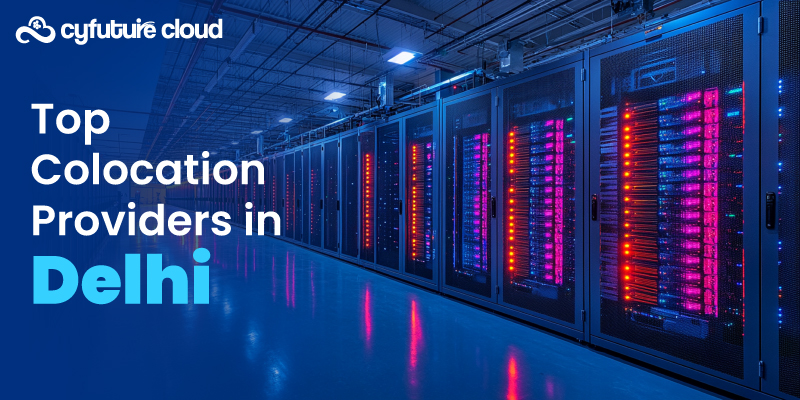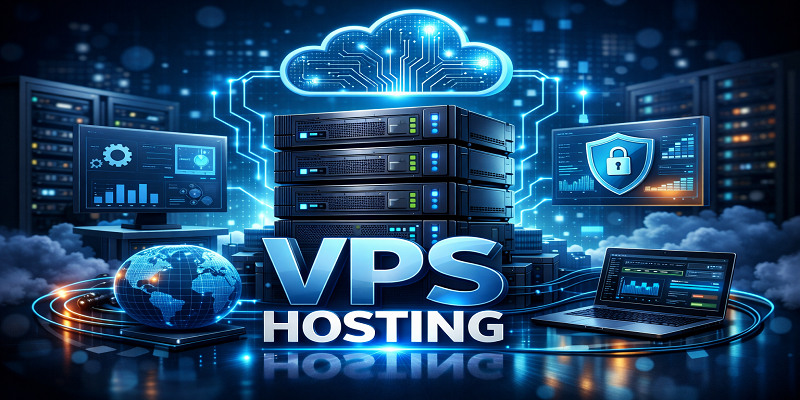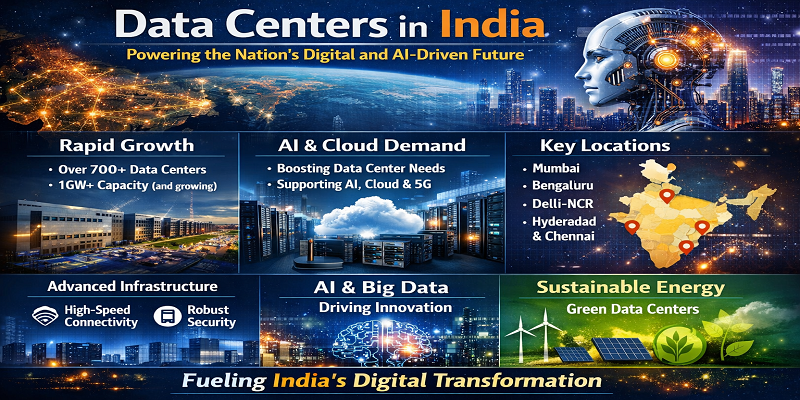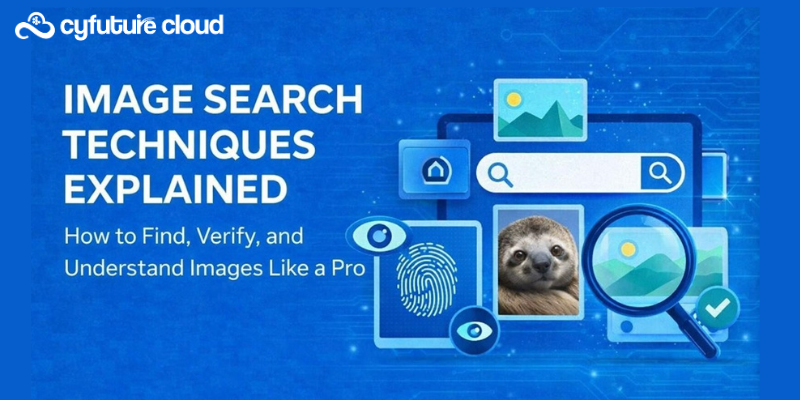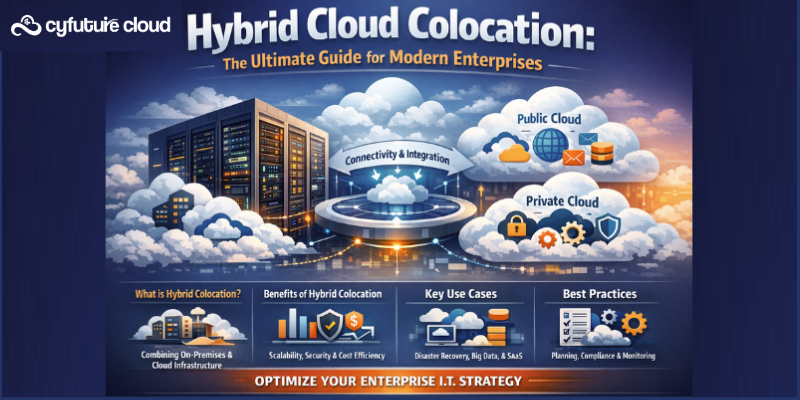Table of Contents
Cloud gaming refers to a technology that allows users to play video games on remote servers rather than on a local computer or gaming console. This is accomplished by streaming the game over the internet to a user’s device, which serves as a thin client that displays the game on the screen. With platforms like Bright Cloud Gaming, users can enjoy seamless gameplay experiences without the need for high-end hardware.
Bright Cloud Gaming is emerging as one of the best cloud gaming platforms in India. This platform offers a wide array of games accessible from any device. It leverages the power of cloud technology to deliver high-quality gaming experiences across different devices, including mobile phones, tablets, and PCs.
The evolution of cloud gaming has been significantly boosted by advances in internet speeds and powerful cloud computing platforms. These developments enable services like Linux cloud gaming servers to provide robust and flexible gaming environments. Linux-based servers are particularly valued for their stability, security, and performance, making them ideal for running demanding gaming applications.
The importance of cloud gaming lies in its potential to democratize the gaming experience, making it accessible to a wider range of users regardless of their device or hardware capabilities. In addition, cloud gaming can greatly reduce the cost and complexity of gaming, as users no longer need to invest in expensive hardware or software. As more and more consumers adopt cloud gaming, platforms like Bright Cloud Gaming are set to play a pivotal role in transforming the gaming industry, changing how games are developed, distributed, and played.
How Cloud Gaming Works?
Cloud gaming is a technology that allows users to play video games on remote servers, rather than on a local computer or gaming console. This is achieved through the use of cloud computing and video streaming, which send video, audio, and control inputs between the remote server and the client device.
There are two main methods of cloud gaming: local streaming and remote streaming. Local streaming involves running the game on a powerful computer in the user’s home and then streaming the video and audio output to the client device over the internet. Remote streaming, on the other hand, runs the game on a remote server in a data center and streams the video, audio, and control inputs to the user’s device.
The key components of cloud gaming include the server infrastructure, network bandwidth, and client device. The server infrastructure must be highly scalable and powerful enough to run the games, with fast enough processing and storage capabilities to send the video and audio streams in real-time. Network bandwidth is also crucial to the cloud gaming experience, as a slow or unreliable internet connection can result in lag or disruptions in the video and audio streams. The client device must have sufficient processing power, memory, and graphics capabilities to decode and display the video and audio streams.
To ensure a seamless cloud gaming experience, it’s important to have a reliable and fast internet connection with sufficient bandwidth to support the data transfer requirements of cloud gaming. The client device should also be compatible with the cloud gaming platform and have the necessary hardware and software components to run the games smoothly.
In conclusion, cloud gaming is a complex technology that relies on a combination of cloud computing, video streaming, and high-speed internet connectivity to deliver a seamless gaming experience to users. As the technology continues to evolve and improve, it has the potential to greatly change the way that video games are developed, distributed, and played.
Advantages of Cloud Gaming
Cloud gaming offers a number of advantages over traditional gaming methods, making it a popular choice for many players. Some of the key benefits of cloud gaming include increased accessibility and convenience, improved graphics and performance, cost savings, and cross-platform compatibility.
Accessibility and Convenience
One of the biggest advantages of cloud gaming is its accessibility and convenience. With cloud gaming, players can play video games on any device with an internet connection, without the need for expensive hardware or software. This means that users can play games on a variety of devices, including laptops, smartphones, and tablets, and can easily switch between devices and continue their games from where they left off. This increased accessibility makes gaming more available to a wider range of users and offers greater flexibility and convenience for players.
Improved Graphics and Performance
Another advantage of cloud gaming is the improved graphics and performance it can offer. Cloud gaming allows games to be run on high-performance servers, delivering better graphics and smoother gameplay than many local devices could achieve. This can result in a more immersive and enjoyable gaming experience, as well as a higher level of realism in the games. Players can enjoy games with better graphics, higher frame rates, and faster load times, even on devices that might not have the hardware to support such demanding games.
Cost Savings
Cloud gaming can also offer cost savings compared to traditional gaming methods. Users no longer need to purchase expensive hardware or software, as the games are hosted and run on remote servers. This can result in significant cost savings for users, especially for those who play a large number of games. Instead of spending money on hardware upgrades or new gaming consoles, players can subscribe to cloud gaming services for a lower monthly fee and have access to a large library of games.
Cross-Platform Compatibility
Finally, cloud gaming offers cross-platform compatibility, allowing players to play games on any device regardless of operating system. This eliminates the need to purchase multiple copies of the same game for different platforms, making it easier and more cost-effective to play games on multiple devices. Players can start a game on one device and continue playing it on another, without having to worry about compatibility issues or purchasing separate versions of the game for each platform.
Cloud gaming offers a number of advantages over traditional gaming methods, making it an increasingly popular choice for players. Whether you’re looking for improved graphics and performance, cost savings, cross-platform compatibility, or greater accessibility and convenience, cloud gaming has something to offer for everyone. With the continued growth and development of cloud gaming technology, it’s likely that these benefits will only become more pronounced in the years to come.
Challenges and Limitations
Despite the many advantages of cloud gaming, there are also several challenges and limitations that need to be addressed in order for the technology to continue to grow and succeed. Some of the key challenges and limitations of cloud gaming include latency and quality of service, dependence on internet connectivity, technical limitations of streaming technology, and a limited game library.
Latency and Quality of Service
One of the biggest challenges of cloud gaming is the issue of latency and quality of service. Latency refers to the delay between a player’s input and the corresponding action in the game. If the latency is too high, it can lead to lag or delay in the game, affecting the player’s experience. Quality of service (QoS) refers to the consistency and reliability of the internet connection, which is crucial for cloud gaming. If the QoS is poor, it can result in buffering, stuttering, or other issues that can negatively impact the player’s experience.
Dependence on Internet Connectivity
Another challenge of cloud gaming is the dependence on internet connectivity. Cloud gaming requires a fast and stable internet connection in order to deliver a smooth and enjoyable gaming experience. If the internet connection is slow, unreliable, or subject to frequent outages, it can severely impact the player’s experience. This dependence on internet connectivity can be a barrier to entry for many players, especially those in areas with limited or poor internet infrastructure.
Technical Limitations of Streaming Technology
Another challenge of cloud gaming is the technical limitations of streaming technology. Streaming video games requires a large amount of data to be transmitted in real-time, which can put a strain on the network and result in compression artifacts, pixelation, or other issues that can affect the quality of the image. Additionally, the compression used to stream video games can also lead to loss of visual quality, making it difficult to distinguish small details in the game.
Limited Game Library
Finally, cloud gaming services typically have a limited game library compared to traditional gaming methods. While cloud gaming services are constantly adding new games to their libraries, the selection may not be as extensive as what is available for traditional gaming methods. This can be a disadvantage for players who are looking for a specific game or for those who like to have a large selection of games to choose from.
While cloud gaming offers many advantages, there are also several challenges and limitations that need to be addressed in order for the technology to continue to grow and succeed. Addressing these challenges will require continued investment and development in cloud gaming technology, as well as improved internet infrastructure in many areas of the world. However, as cloud gaming continues to evolve and mature, it is likely that many of these challenges will be overcome, making it an increasingly attractive option for players.
Future of Cloud Gaming
The future of cloud gaming is promising and holds many exciting possibilities. There are a number of advancements in streaming technology and integration with emerging technologies that are likely to shape the future of cloud gaming.
Advancements in Streaming Technology
The future of cloud gaming will be shaped by continued advancements in streaming technology. Streaming technology is constantly evolving and improving, with faster and more efficient compression algorithms, better network infrastructure, and more powerful servers all contributing to a more seamless and enjoyable gaming experience. Additionally, advancements in virtual and augmented reality technologies may also play a role in shaping the future of cloud gaming.
Integration with Emerging Technologies
Another important factor shaping the future of cloud gaming is the integration with emerging technologies. For example, the growth of 5G networks and the rise of edge computing technologies are likely to have a significant impact on cloud gaming. These technologies will allow for lower latency and higher quality of service, making cloud gaming more accessible and enjoyable for players. Additionally, the integration of cloud gaming with other technologies such as artificial intelligence, machine learning, and blockchain, may also bring new and innovative gaming experiences to players.
The future of cloud gaming is bright and full of potential. With continued advancements in streaming technology and integration with emerging technologies, it is likely that cloud gaming will become an increasingly popular and accessible form of gaming for players around the world.
Takeaway
In conclusion, cloud gaming is a rapidly growing industry that holds great promise for the future of gaming. With its accessibility and convenience, improved graphics and performance, cost savings, and cross-platform compatibility, cloud gaming has the potential to revolutionize the way people play and enjoy games. However, there are also challenges and limitations, such as latency and quality of service, dependence on internet connectivity, technical limitations of streaming technology, and a limited game library, that must be addressed. Despite these challenges, the future of cloud gaming looks bright, with continued advancements in streaming technology and integration with emerging technologies set to shape the future of gaming in exciting and innovative ways.
Recent Post
Send this to a friend

 Server
Colocation
Server
Colocation CDN
Network
CDN
Network Linux
Cloud Hosting
Linux
Cloud Hosting Kubernetes
Kubernetes Pricing
Calculator
Pricing
Calculator
 Power
Power
 Utilities
Utilities VMware
Private Cloud
VMware
Private Cloud VMware
on AWS
VMware
on AWS VMware
on Azure
VMware
on Azure Service
Level Agreement
Service
Level Agreement 